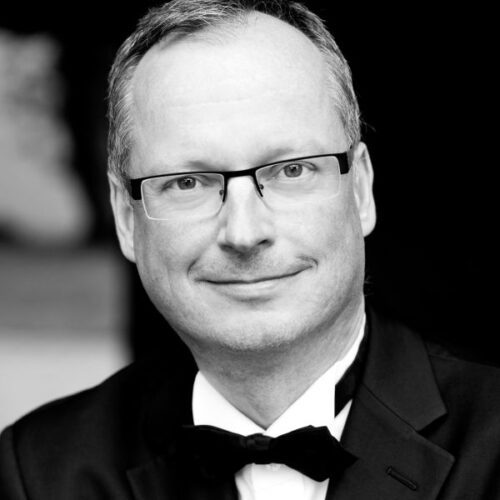Additional Information
Photo: Etienne de Durocher
Born in Paris, Lee Terki arrived in Canada at the age of four. The singer-songwriter learned trombone in an art class and had a slightly more difficult time in high school. The sporty type, he turned to soccer, eventually joining a first-division team. After exploring film and psychology, music caught up with him for good. His first EP, The Half Full, took him all over the world, including Paris, Seoul and Tokyo, three jazz capitals. An important step that guided the creation of his first album, The Index of my Inner Thoughts.
PAN M 360: You grew up in contact with diverse cultures, your father is franco-Canadian of Kabyle Algerian descent, and your mother of Chinese-Jamaican origin. How did your musical tastes develop?
L. Teez: I remember my first music around the age of six or seven, my father playing me Jimi Hendrix, Bob Marley’s “No Woman No Cry”… I was taking art classes and in the old days, we used to burn CDs. I would do it for the class and the teacher would let me play them. As much funk, with Earth, Wind and Fire, James Brown, Cameo… as hip-hop. In the mid-2000s, it was a lot of Eminem, 50 Cent. I was very influenced by Lupe Fiasco’s The Cool and Stillmatic by Nas. A little later in my life, I listened to jazz. The first one who opened the door for me was Miles Davis with Kind of Blue. I find myself into melodic things, like D’Angelo or Erykah Badu.
PAN M 360: Which branch of hip-hop do you identify with the most? Listening to your album, I think of Vanilla more recently, but also of 9th Wonder, J.Dilla, A Tribe Called Quest…
L. Teez: I do jazz-rap. I’m into everything melodic, but in the old days it was more boom-bap. My drums are electronic or live, it’s not really the Akai MPC characteristic of the “boom boom bap” that we could hear at the time when artists like A Tribe Called Quest were hitting the charts.
PAN M 360: Sampling is the basis of hip-hop, how do you integrate it into your creations?
L. Teez: The particularity of the album is that I found all the beats online. I contacted the producers and made agreements with them. I’m already working on my next release, and my creative process is evolving. I’d like to go more in the direction of composition, so sampling is something I’m thinking about. In concert, I really like to play with a band, which makes it a bit difficult to use samples in this context. Sure, the sound of the sample brings a quality that you don’t find in production. Who doesn’t like a sample of soul, pitched up à la Kanye West? (laughs) It makes you feel good!

PAN M 360: Can you explain the importance of travel in the construction of The Index of My Inner Thoughts?
L. Teez: I did some showcase dates with my first EP, notably in Seoul, Busan, Tokyo, and Paris. When I travel, I look for beats because for me, music is also in the moments you live. I wrote a lot during my travels. I like to write outside, it frees my thoughts and ideas. In a city like Paris, I used to stay near the Moulin Rouge towards Montmartre, and I wrote “Hold Me Down” on a café terrace. It was inspiring and authentic. I have introspective themes because when you’re in contact with different cultures, when you have new experiences, your “you” is reflected a lot.
PAN M 360: Do you always work in the same way, first the text, then the music?
L. Teez: I always start with an existing beat. I write around the music, I let it dictate the “tone”. If there are more minor chords or less drums at a point, I’ll write differently, have a different flow too. On the album, a lot of elements come, go, and are added… It’s rare for instrumentals to be four-minute loops. I think the attention I pay to the arrangements comes from my love for jazz. If there’s a section without percussion, I’m going to be more poetic, and if there’s more, I’m going to be more energetic.

PAN M 360: Besides you, on the album, there’s Lea Keeley… how did you meet and what does her presence bring to the album?
L. Teez: We met at the Cypher, a jam that takes place every Thursday night at the Bootlegger in Montreal. There are musicians, rappers, dancers. The musicians who play in my band all come from there. We met at a jam session. We worked together organically. She has quite a voice. She has written some very melodic passages that add a lot of harmony. We developed a great friendship. She’s part of the band; when we play live, she’s with me on stage. Lea brought the soul music, she has a very powerful voice.























